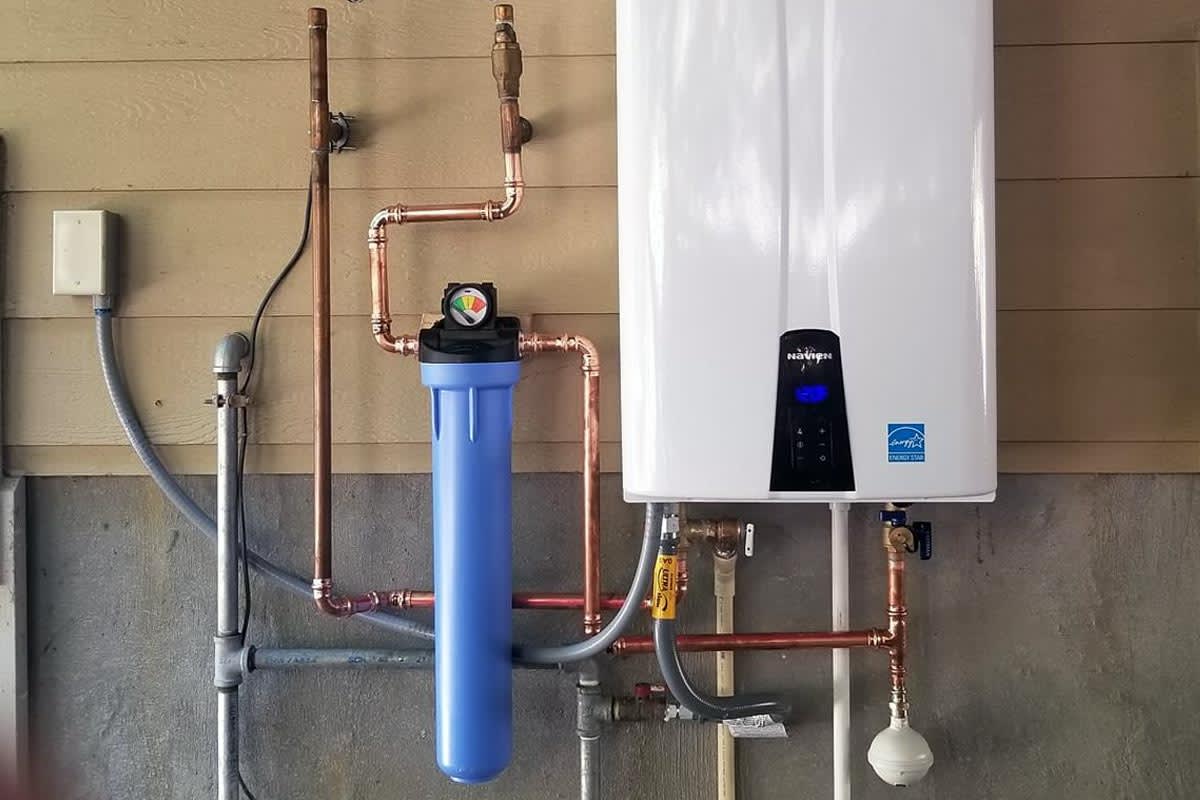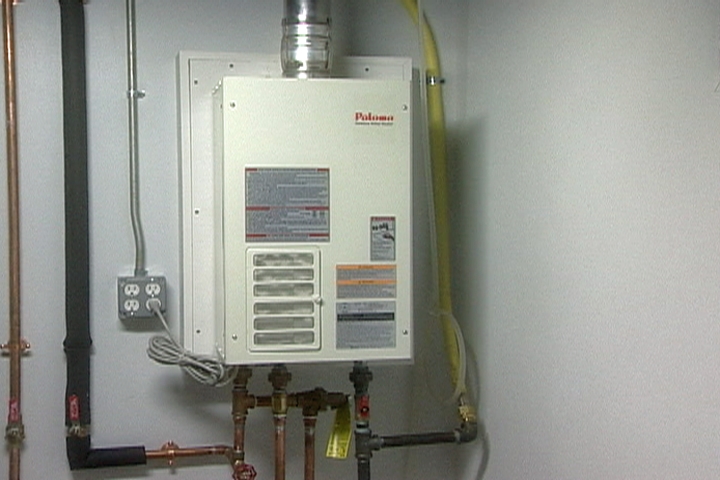Ways to Prolong the Lifespan of Your Home's Hot Water System By MaintenanceEfficient Strategies for Maintaining Your Home's Hot Water System
Ways to Prolong the Lifespan of Your Home's Hot Water System By MaintenanceEfficient Strategies for Maintaining Your Home's Hot Water System
Blog Article
Here on the next paragraphs you can locate additional excellent insight on the subject of How to Maintain a Hot Water Heater in a Few Simple Steps.

Warm water is vital for day-to-day comfort, whether it's for a rejuvenating shower or washing meals. To ensure your warm water system runs efficiently and lasts longer, normal maintenance is vital. This short article supplies practical ideas and understandings on exactly how to keep your home's hot water system to prevent disruptions and costly repair services.
Intro
Preserving your home's warm water system might seem daunting, but with a couple of straightforward steps, you can guarantee it runs smoothly for many years to come. This overview covers every little thing from understanding your hot water system to DIY upkeep tips and understanding when to call professional assistance.
Relevance of Keeping Your Hot Water System
Routine upkeep not just expands the life-span of your warm water system yet additionally guarantees it runs efficiently. Overlooking maintenance can result in reduced effectiveness, higher power costs, and also early failing of the system.
Indicators Your Warm Water System Demands Upkeep
Recognizing when your warm water system requires interest can stop significant problems. Watch out for indicators such as inconsistent water temperature, unusual sounds from the heating system, or corroded water.
Purging the Water Heater
Flushing your water heater eliminates sediment accumulation, boosting performance and lengthening its life.
Monitoring and Changing Anode Rods
Anode rods protect against deterioration inside the container. Inspecting and replacing them when worn out is essential.
Complicated Problems Needing Expert Assistance
Instances include major leaks, electrical issues, or if your water heater is regularly underperforming.
Routine Expert Maintenance Benefits
Specialist upkeep can include comprehensive inspections, tune-ups, and ensuring conformity with security standards.
Evaluating and Changing Temperature Setups
Changing the temperature setups makes sure ideal performance and safety and security.
DIY Tips for Maintenance
You can execute a number of maintenance jobs yourself to keep your warm water system in top problem.
Looking for Leaks
Consistently examine pipelines and links for leaks, as these can bring about water damage and greater bills.
Recognizing Your Hot Water System
Prior to diving right into maintenance jobs, it's useful to recognize the basic parts of your hot water system. Commonly, this consists of the water heater itself, pipelines, anode rods, and temperature level controls.
Monthly Upkeep Tasks
Regular month-to-month checks can help capture minor concerns before they rise.
Testing Stress Relief Valves
Checking the pressure safety valve ensures it works appropriately and avoids too much pressure build-up.
Protecting Pipelines
Insulating warm water pipelines decreases warmth loss and can save power.
When to Call a Specialist
While DIY upkeep is advantageous, some problems call for professional know-how.
Conclusion
Routine upkeep of your home's warm water system is essential for effectiveness, long life, and price savings. By adhering to these tips and understanding when to look for specialist help, you can make sure a reliable supply of hot water without unanticipated disturbances.
How to Maintain an Instant Hot Water Heater
Before tinkering with your hot water heater, make sure that it’s not powered on. You also have to turn off the main circuit breaker and shut off the main gas line to prevent accidents. Also turn off the water valves connected to your unit to prevent water from flowing into and out of the appliance. 2. When you’re done, you have to detach the purge valves’ caps. These look like the letter “T” and are situated on either side of the water valves. Doing so will release any pressure that has accumulated inside the valves while at the same time avoid hot water from shooting out and burning your skin. 3. When the purge valves’ caps are removed, you have to connect your hosing lines to the valves. Your unit should have come with three hoses but if it didn’t, you can purchase these things from any hardware or home repair shops. You can also get them from retail stores that sell water heating systems. Read the user’s manual and follow it to complete this task properly. When the hosing lines are connected, open the purge port’s valves. 4. You should never use harsh chemical cleaners or solutions when cleaning your unit. Make use of white vinegar instead. It should be undiluted and you’ll probably use about 2 gallons. 5. Now flush your water heater. This task should probably take about 40 minutes. We can’t give you specific directions for this because the procedure is carried out depending on the type, model and brand of your heater. With that being said, refer to the user’s manual. 6. When you’re done draining the unit, you have to turn off the purge port valves again. Remove the hosing lines that you earlier installed on each of the water valves. Put the valve caps (purge port) back in their respective places and be very careful so as not to damage the rubber discs that are found inside these caps. 7. Now that everything’s back in place, check your user’s manual again to find out how to reactivate your water heating system. 8. Once it is working, turn one of your hot water faucets on just to let air pass through the heater’s water supply pipes. Leave the tap on until water flows smoothly out of it. https://www.orrplumbing.com/blog/2014/september/how-to-maintain-an-instant-hot-water-heater/

We were guided to that editorial on Tips For Maintaining Your Hot Water Heater through a good friend on a different domain. Loved our entry? Please share it. Help someone else discover it. Thank you so much for taking the time to read it.
Call Today Report this page